Simulated Solidarity
Project initiated as part of Masters in Research into creative computing at the University of the Arts London’s Creative Computing Institute in Camberwell. The work was displayed in Hypha Studios, Euston in London, as part of a group show with the rest of the Autonomous Sheep collective.
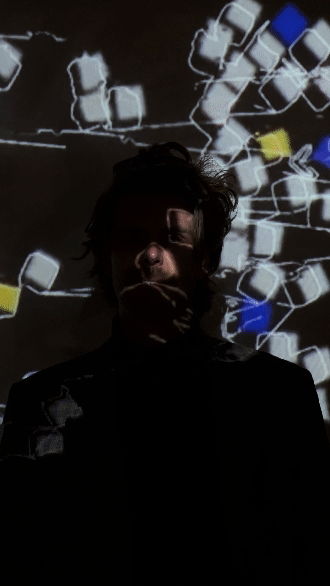
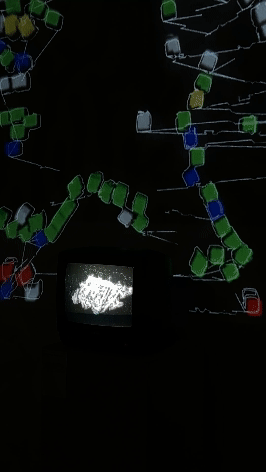
In April 2023, British technology news outlet, The Register, disclosed that the American intelligence technology corporation, Palantir, was under consideration to assist the government to break ongoing National Health Service strikes. However, the UK Government subsequently decided against employing Palantir’s services, alluding prohibitive costs as the driver for this decision. Palantir’s Foundry platform had been proposed for integration and had raised concerns regarding the handling of sensitive data. Notably, a project designated for “Strike Analysis” was explicitly mentioned in an official Parliamentary communique.
Simulated Solidarity is an investigation of simulative practices in the workplace. It involved many different forms of research, both researching into workers within their workplaces, and practice based outcomes from artistic exploration.
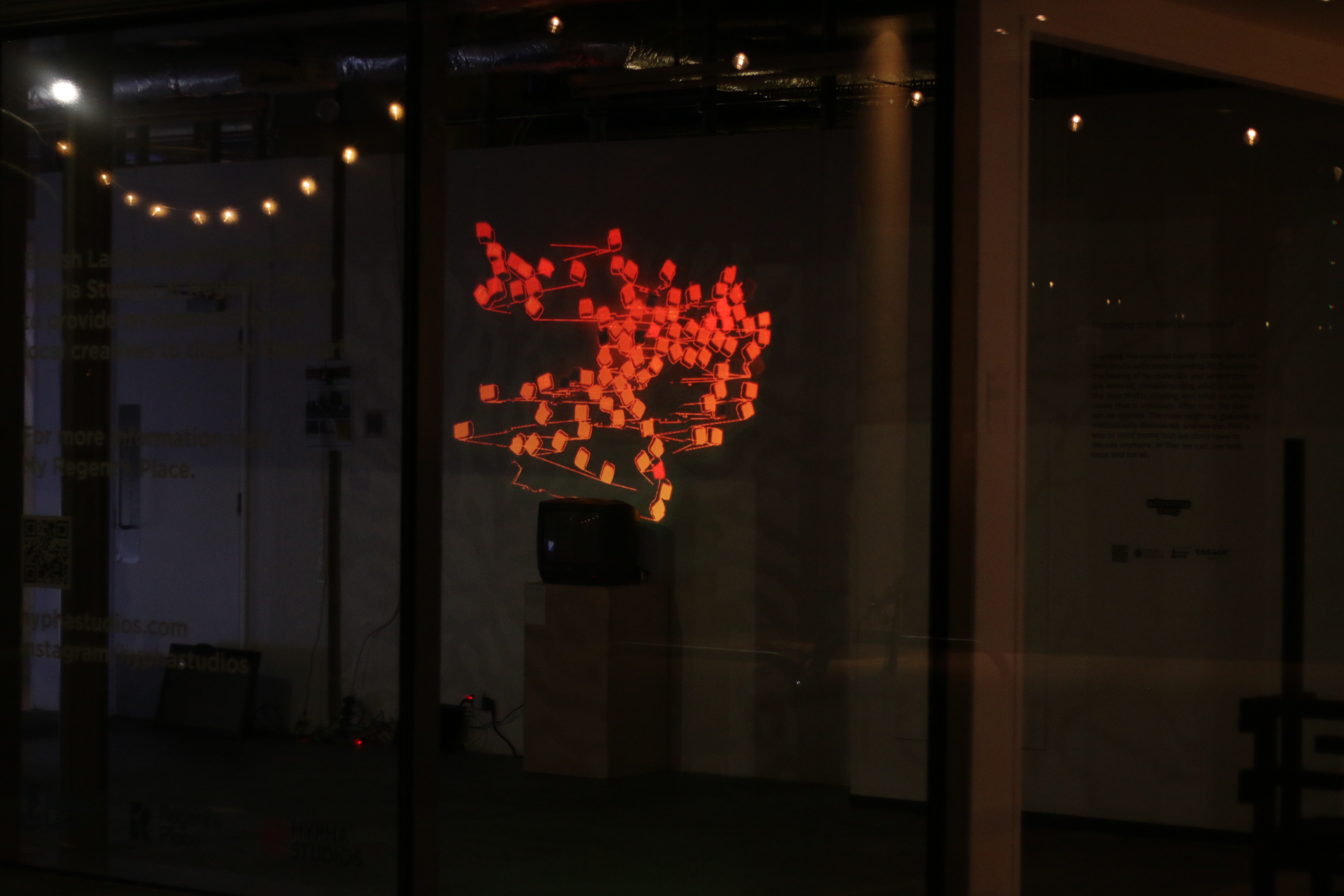
Improved Action Simulator
During the research I studied a group of participants from a workplace that had just engaged in actions to forment a successful unionisation ballot in a space that previously didn’t have union representation. Simulated Solidarity aimed to inform workers of good practices for unionising, and how and when to approach fellow workers. The piece was participant lead, and their direct experiences informed the software.
This software was created in the game engine Unity and was modelled using Agent Based Modelling (ABM) through the Thomas Kilmann Conflict Instrument (TKI). Inspired by how ABM uses proximity for studying societal changes, I used it to represent how conversations happen around a workplace.

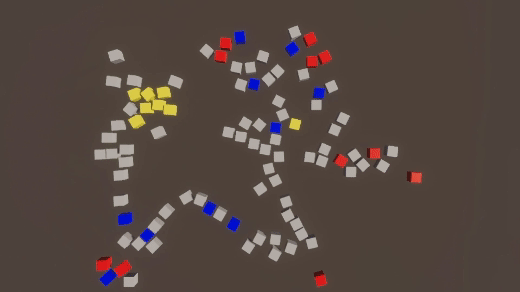
Here we have the different agents battling out, white are non unionised workers, red are activists, yellow are management, green are recently unionised workers. Blue also represents the non unionisable workforce, imagined as people who had a bad experience in the past that wouldn’t want to get involved.
Exhibiting this piece was a way of showing how high tech tools are utilised by capital, by doing so in an unapologetically radical manner the mask slips from beneath the objectives of a lot of technology.
The project subverts the use of simulative tools and proposes a fair alternative.

Lost Futures
Another facet in this exploration of trade unions in the modern day I looked at important moments from the movement’s history in the UK and used topological data from maps to recreate environments. I looked at the Bryant & May factory in Bow, now Bow Quarter, and used open source street map data and images to reimagine the geography using modern means.
I used these futuristic feeling technologies, digital mapping and 3d modelling and present them on a CRT monitor to explore Mark Fisher’s concept of Hauntology or Lost Futures. Lost futures is an idea that states within objects and architecture there is a version of a future that was being built before becoming subsumed by neoliberalism. Invoking these moments of trade union history which represent a group of people building a positive change for the future of those involved, and all workers, seems to counter our labour current, which becomes more and more removed from the hard won workers rights of the past.
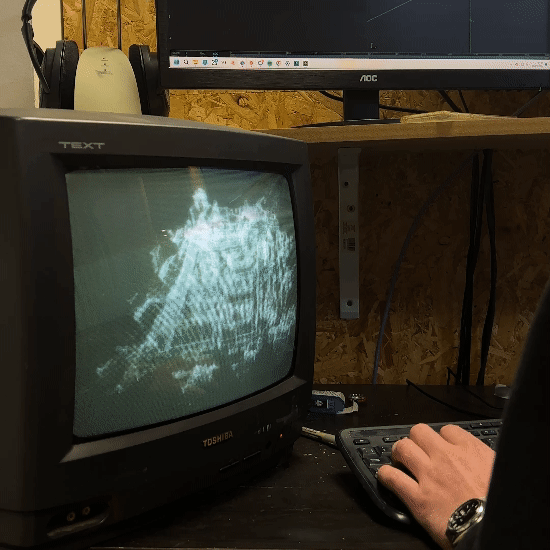
Bryant & May
The Bryant & May Matchstick factory was the site of one of the first successful strikes in the history of London. The factory relied on labour who were all working class women, largely migrants, and faced poor working conditions revolving around the use of phospherus in the manufacturing process, there were wide reports of women with phospherus necrosis, or ‘phossy jaw’ caused facial disfigurement and brain damage.
In 1888 the colloquially named ‘Matchstick girls’ went on a strike which lasted for around two weeks. The strike began when 1,400 workers walked out of the factory in protest.
The strike ended successfully for the workers, as they secured better wages and working conditions. The event was a landmark moment in the British labour movement, highlighting the power of collective action and leading to broader awareness of workers’ rights. This moment created leaders who remained at the forefront of the radical movement for years to come, Annie Bessant, a journalist who got very involved with the strike action, ultimately became an important thinker against the excessive use of force by the British Empire in India.